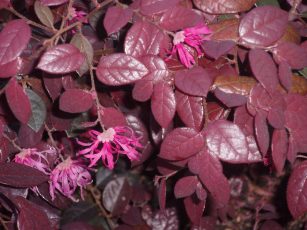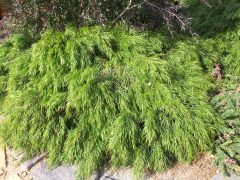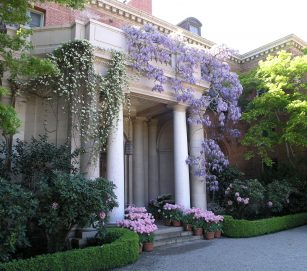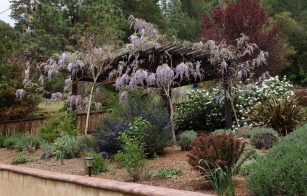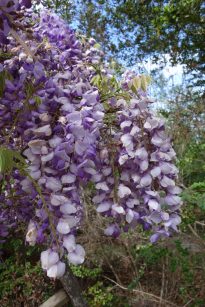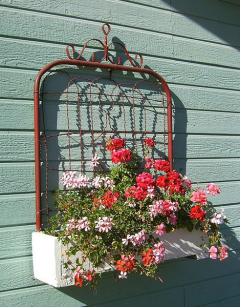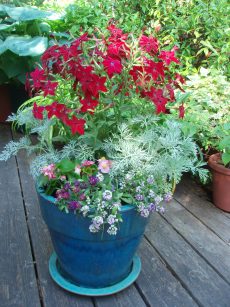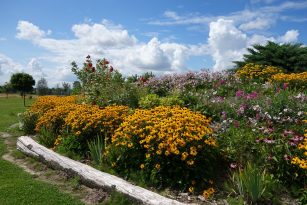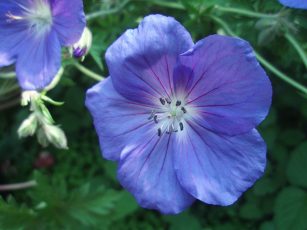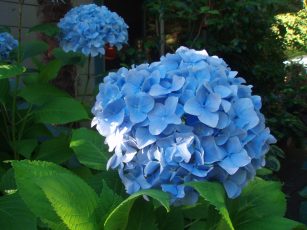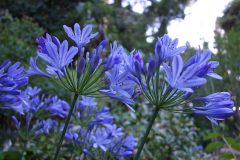We don?t plant enough trees. Everyone wants an instant garden but nature doesn?t work that way. When you look out from your windows into your landscaping what catches your eye first? I’ll bet the most majestic and inspiring sight in your garden is probably a tree that frames your house giving it a sense of permanence, welcoming you home and providing a haven for songbirds that serenade you on a summer day.

Large or small, trees make the world go round. They produce oxygen and act as a giant filter that cleans the air we breathe. A mature leafy tree produces as much oxygen in a season as 10 people inhale in a year.
Trees clean the soil by absorbing dangerous chemicals and other pollutants that have entered the soil. They can either store the harmful pollutants or actually change the them into a less harmful form. Trees can filter sewage and clean the water that runs off into our streams. They can absorb and lock away carbon dioxide as wood so it is not available as greenhouse gasses.
If you live near a busy street trees can muffle the noise almost as effectively as a stone wall. They also act as a windbreak during windy and cold seasons reducing the drying effect of the wind and keeping it from blowing precious topsoil away.
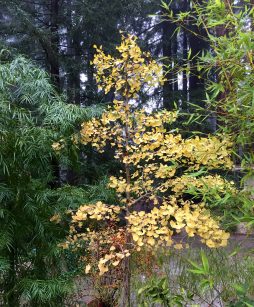
Trees slow storm water runoff which helps recharge our aquifers. On top of all the beneficial things trees do for us they provide shade and keep us cool in the summer. In the winter they break up the wind reducing heating costs. Trees increase property values. If you’ve been thinking about adding a few trees to your own property here are some of my favorites. Some don’t get enough recognition others are classics. All make great additions to the garden.
I like Forest Pansy redbud for its stunning red foliage, Sango Kaku Japanese maple for its year round interest, Strawberry tree, and Tristania laurina Elegant. Evergreen Dogwood, Cornus capitata, is also known as Himalayan flowering dogwood lives up to its name in every respect. This variety is slow growing reaching 20 ft tall in sun or partial shade after about 25 years. After flowering, red fruit provides a treat for the birds.
To make your garden more compelling also consider planting a Ginkgo biloba ?Autumn gold? or Amelanchier ?Autumn Brilliance?. Also called Apple Serviceberry it has edible small fruits you can use in jam and grows fast. Chinese Fringe Tree has magnificent clusters of fragrant, fringe-like blooms and is a terrific accent for small yards.
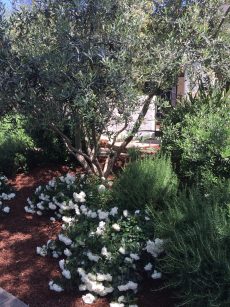
We are all familiar with the huge flowers in late winter of the Saucer magnolia. This beautiful tree also makes a good lawn tree. Oklahoma redbud takes heat and drought but can also tolerate regular garden watering. Chitalalpa ?Pink Dawn? grows 12 feet in three years then grows more slowly to 25 feet with a 25 foot spread. It?s pink trumpet shaped flowers are a welcome sight during the summer. Crape myrtle also blooms at the same time providing your garden with color when you?re outdoors the most.
?Swan Hill? olive produces no pollen or fruit, takes drought conditions and casts light shade. Chinese pistache provides brilliant fall color growing to 35 feet by 30 feet wide.
Plant a tree for yourself and for future generations.

